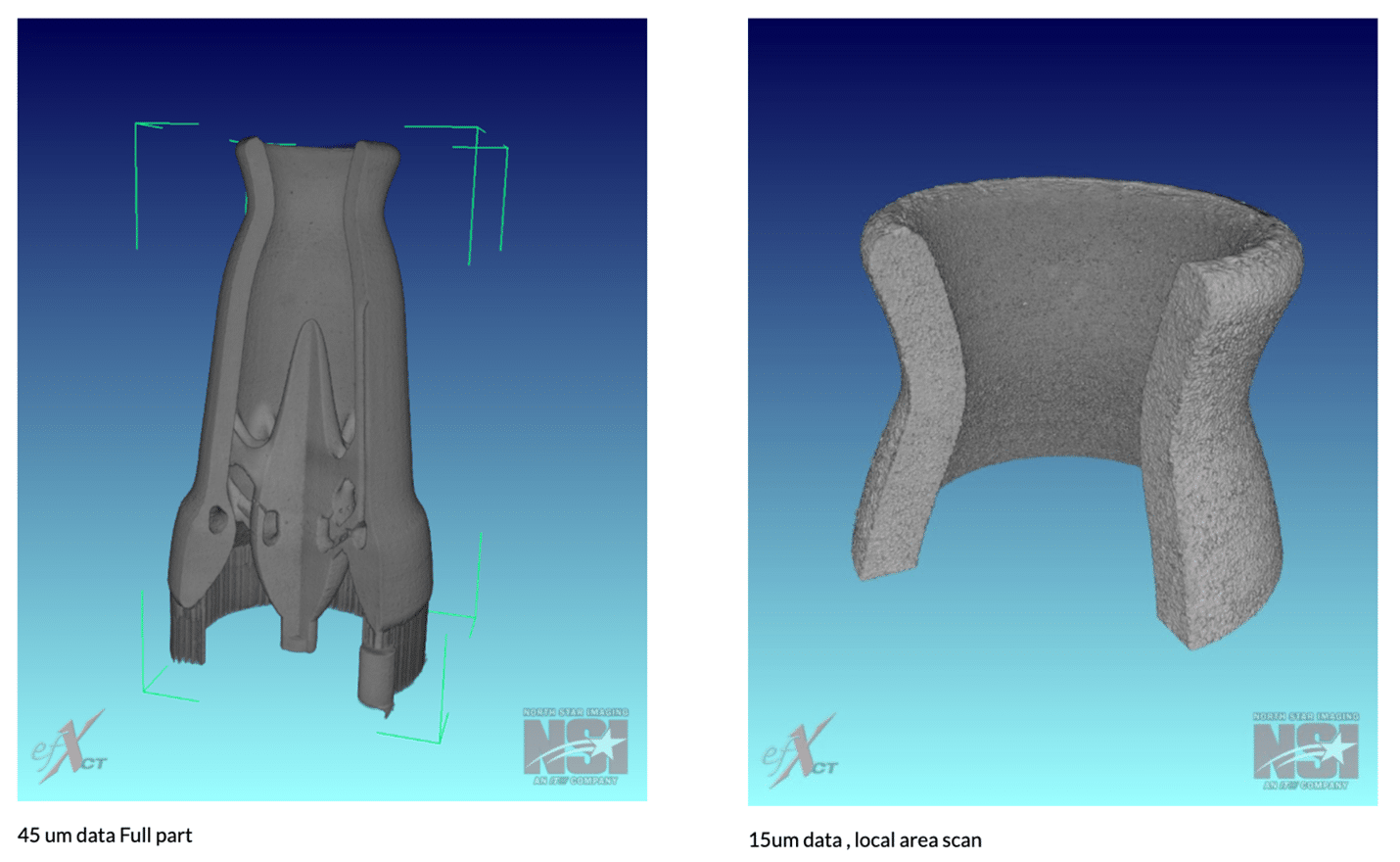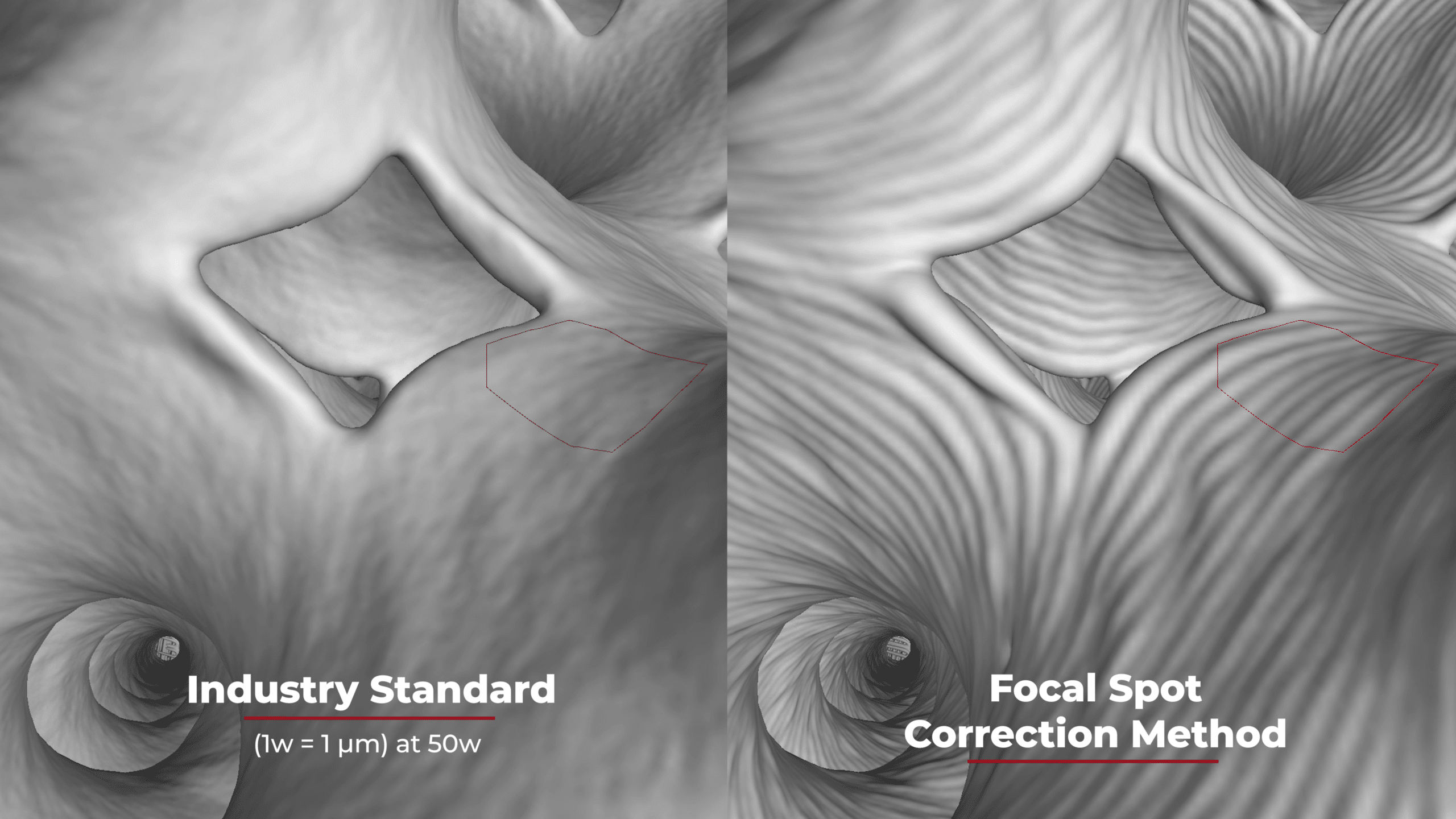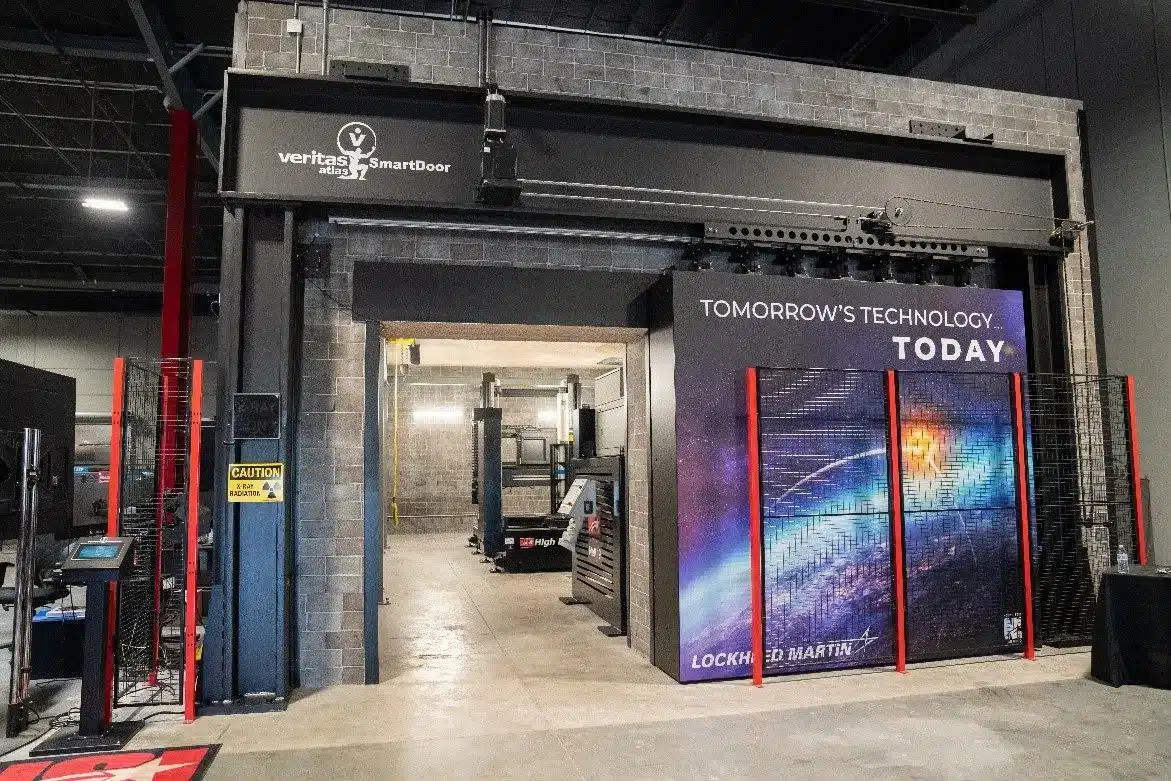What is a Digital X-ray Detector?
A digital X-ray detector is a digital radiographic device used for X-ray inspection of an object that immediately produces a digital image on a computer screen. Digital radiography (DR) uses X-ray-sensitive plates or a digital detector array to obtain details of an object as it is being imaged. The data can be in real time to a computer, removing the need for an intermediary system, and the resulting images are high-quality with an improved signal-to-noise ratio. Digital X-ray detectors are used in a wide range of industrial applications as the non-destructive technique provides high-quality images quickly, efficiently, and cost-effectively. This blog post will look at the advantages and applications and provide a brief overview of digital X-ray detectors.
2D Digital Radiography X-ray Detectors
Digital X-ray detectors are crucial for industries that require products to be internally inspected and evaluated for failure analysis, compliance, and quality assurance. Digital radiography uses advanced technology to produce high-quality images without the need for traditional film processing. As a result, digital X-ray detectors have become an invaluable tool for studying manufactured components and their properties.
The key components of a digital X-ray detector are a scintillator, photodiode, and readout electronics. The scintillator transforms X-rays into visible light once they have passed through the scanned object. The photodiode then converts the light into an electrical signal, which the electronic readout can use to produce a digital image to display the results of the scanned object.
Advantages of Digital X-ray Detectors
Digital X-ray detectors offer a range of advantages over conventional film imaging solutions. One main benefit is that digital X-ray detectors operate much faster than other detectors, offering high-quality images within seconds of scanning an object. Another advantage is that digital X-ray detectors capture X-rays more effectively, meaning the machine uses less radiation to produce the results as an image.
To summarize, the main benefits of digital X-ray detectors are:
- High-quality images
- Faster capture and results
- In-line and at-line capabilities for production environments
- Lower radiation emissions
- Can be enhanced with computed tomography (CT)
Applications of Digital X-ray Detectors
A wide range of industries and applications benefit from digital X-ray detectors in both medical and industrial settings. However, this blog focuses on industrial X-ray solutions, which differ from medical machines. Industrial radiography is used to inspect manufactured components for defect detection, quality control, optimizing manufacturing processes, and performing internal and external metrology measurements. This inspection technique is invaluable in industries where quality is paramount and the safety of manufactured pieces, such as aerospace, automotive, medical devices, and electronics, is crucial.
North Star Imaging and X-ray Detectors
North Star Imaging (NSI) provides a selection of world-class scanning products and services to clients worldwide. We offer X-ray CT systems, robotic systems, and software solutions to enhance 2D digital X-ray and 3D X-Ray CT scanning systems.
2D and 3D X-Ray Scanning Services
The 2D digital X-ray services and 3D computed tomography services we offer at NSI provide real-time product analysis of manufactured products for failure analysis, detecting contamination, and to analyze the configuration and quality of internal structures.
Contact NSI today for more information about digital X-ray detectors and their applications.


